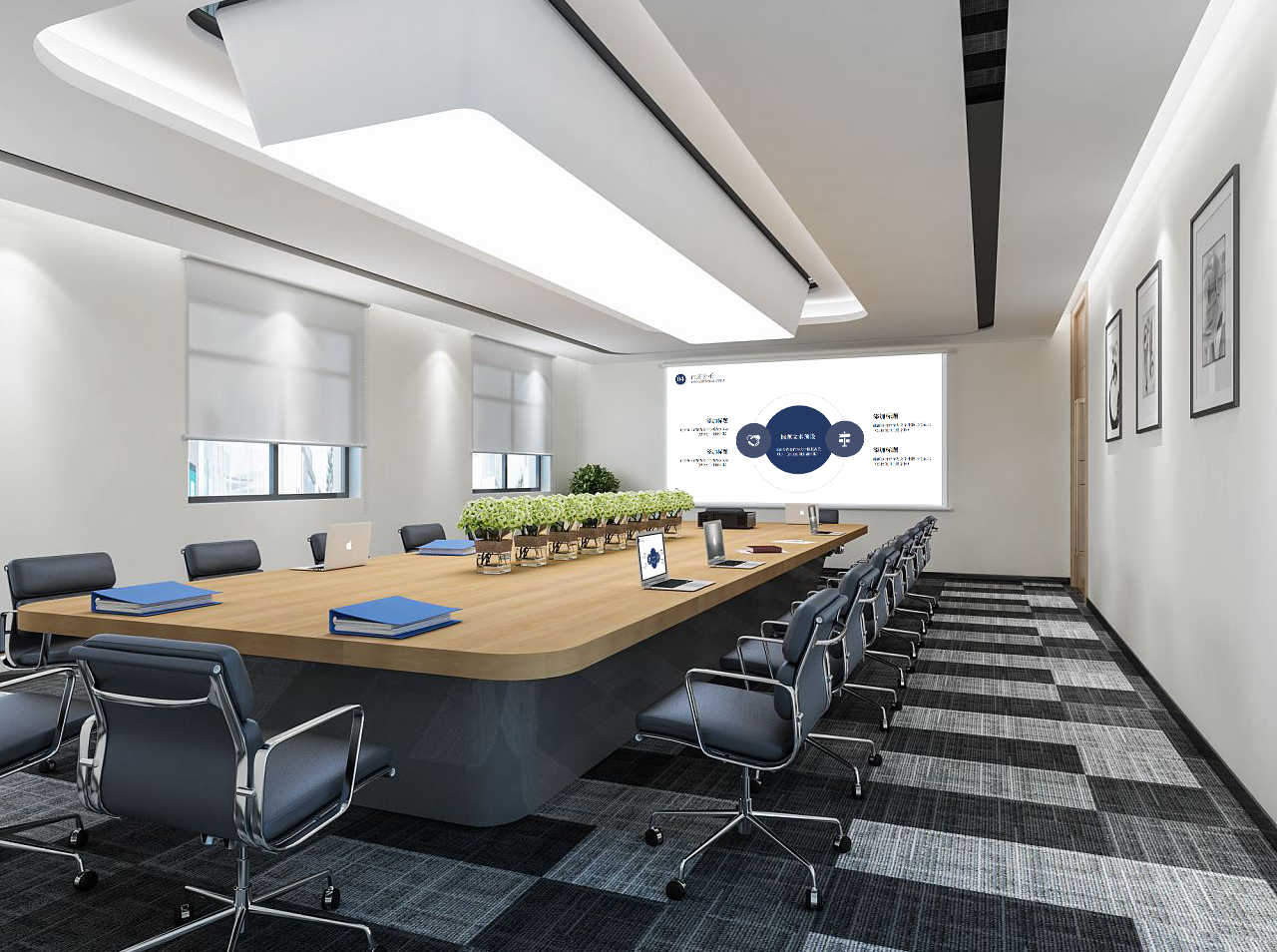Screen Mirroring Isn’t the Only Option: Creative Uses of “Extended Mode” in Multi-Screen Collaboration
Most people only use the “screen mirroring” mode when casting—whatever shows on their phone/computer appears on the large screen. But this is just a basic operation. In advanced multi-screen collaboration, “Extended Mode” is the secret weapon to boost efficiency.
What is “Extended Mode” for Screen Casting?
As the name suggests, it turns your large screen (such as a TV or projector) into a second display for your computer or phone. The two screens can show different content without interfering with each other, greatly expanding your workspace.
Applications of Extended Mode in Interactive Classrooms
- Teachers’ Essential Tool: Teachers can display the main teaching PPT on the large screen for students, while using their computer’s secondary screen to check lesson notes, control timers, or preview the next page. This makes the teaching process smoother and more professional.
- Students’ Group Projects: When working on group projects, students can use the main screen for data research and editing, and the secondary screen specifically for showing the framework of their group collaboration results.
Applications of Extended Mode in Business Meetings
- Presenters’ Teleprompter: During a presentation, you can set the large screen to slideshow mode, while your computer screen displays the PPT with speaker notes. This allows you to deliver the presentation calmly and confidently.
- Data Comparison and Analysis: You can process raw data spreadsheets on the main screen and generate charts on the extended large screen for visual analysis, doubling work efficiency.
How to Enable Extended Mode?
- Windows/Mac Computers: After connecting to the large screen via wireless casting, usually press Win+P (for Windows) or adjust display settings (for Mac) to select “Extend” mode.
- Phones/Tablets: Some devices with powerful multi-screen collaboration features (such as Samsung DeX, Huawei Wireless Projection’s “Computer Mode”) will automatically enter a desktop environment similar to Extended Mode after connection.
Mastering the “Extended Mode” of screen casting is a sign that you’ve moved from a beginner to a multi-screen collaboration expert. It not only makes you look more professional but also truly improves your work and study efficiency.
